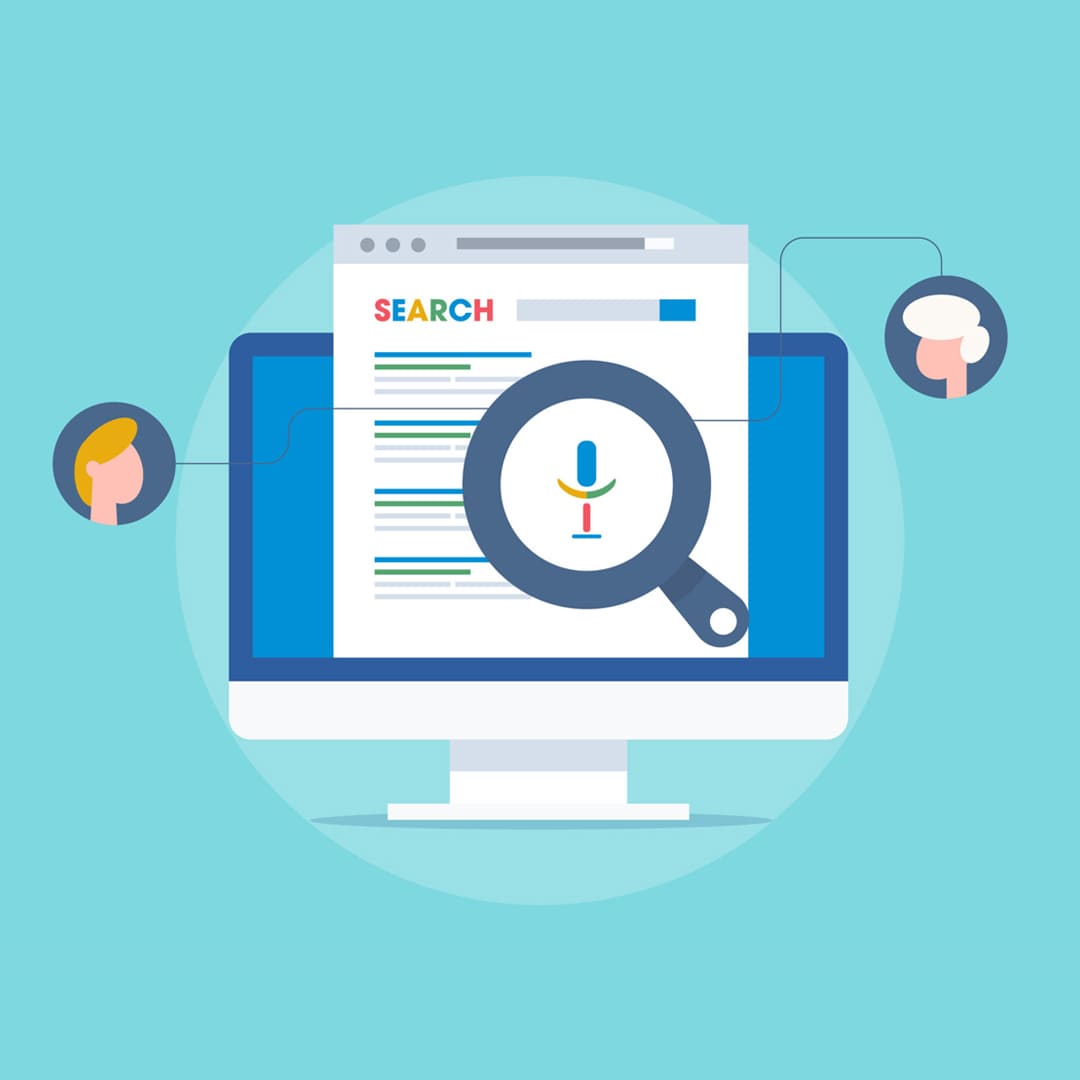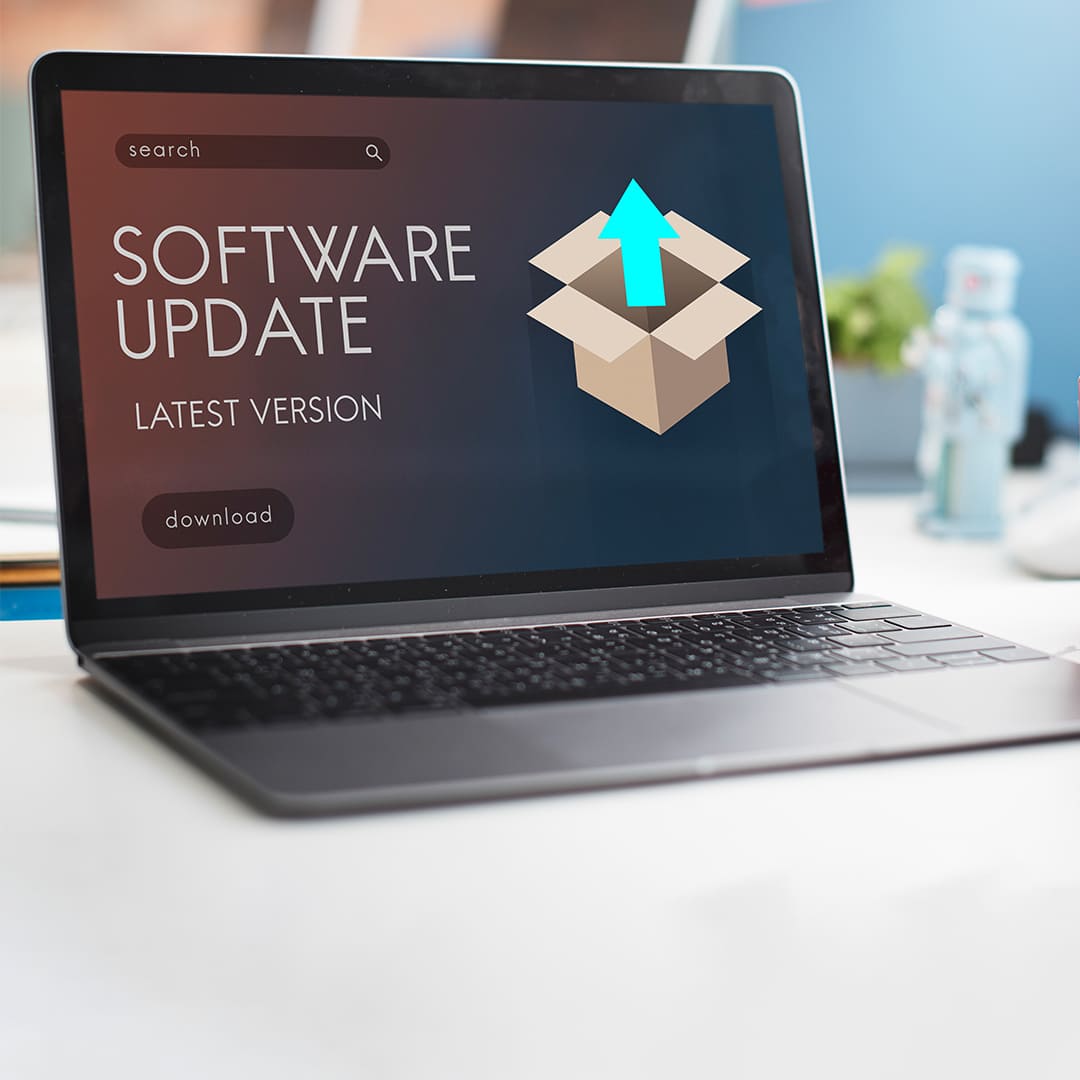AWS Lambda: New Features and Use Cases

AWS Lambda continues to push the limits of innovation inside the Amazon Web Services (AWS) ecosystem, making it a trailblazing serverless computing service in the quickly changing cloud computing market. AWS Lambda is a constantly changing landscape, and this introduction explores its latest improvements and extended use cases. New feature releases provide light on the way to increased productivity, scalability, and adaptability as companies and developers work through the complexities of serverless computing. This analysis sheds light on the technological advancements while highlighting the cutting-edge uses and revolutionary potential that AWS Lambda brings to the forefront of cloud computing. As we take a tour through the most recent advancements, it becomes clear that AWS Lambda is more than just a platform; rather, it is a dynamic catalyst advancing the development of serverless architecture, changing the market for cloud-based solutions and reinventing the way that digital applications are designed, developed, and implemented.
Understanding AWS Lambda
AWS Lambda is a serverless technology for computing provided by the cloud computing company Amazon Web Services (AWS). Without provisioning or managing servers, it enables you to run your code. Here are key concepts and aspects to understand about AWS Lambda:
- The serverless computing paradigm, which abstracts away the underlying infrastructure, includes lambdas. Server provisioning, scalability, and maintenance are not concerns for you. AWS takes care of all these operational aspects.
- Execution Model: AWS services or HTTP requests can initiate the execution of Lambda functions, which are brief code segments. Every function has its own environment and grows or contracts automatically according to the volume of requests.
- Languages Supported: Node.js, Python, Java, C#, Go, and Ruby are just a few of the languages that Lambda can run. The language that works best for your application can be chosen.
- Lambda functions are subject to a variety of triggers, including modifications to data in an S3 bucket, updates to a DynamoDB table, HTTP requests made over the Amazon API Gateway, and custom events created with Amazon CloudWatch Events. You can now design event-driven architectures thanks to this.
- Execution Environment: Each Lambda function runs in an execution environment, which is a containerized environment with a specific runtime and dependencies.
- Configuration: You have the ability to customize your Lambda function by indicating aspects like memory usage, timeout periods, and environment variables. By doing this, you may maximize your functions' resource utilization and performance.
- Stateless and Ephemeral: Lambda functions are intended to have these properties. External storage services or databases should be used to store any necessary state or data.
Integration with Additional AWS Services: Lambda makes it simple to connect with additional AWS services, which enables you to create intricate and scalable applications. Some examples of common connectivity are S3, DynamoDB, SNS, SQS, and so forth.
Pay-as-you-go pricing is used for AWS Lambda. Your billing is determined by how often your functions are requested and how long your code runs. Both pricing and details on available free tier allowances may be found on the AWS website.
Lambda function logs can be routed to Amazon CloudWatch for tracking and debugging purposes. To monitor how well your functions are doing, you can set up metrics and alarms.
Key Features of AWS Lambda
Here are some key features of AWS Lambda:
- You may run your code serverless with Lambda, thus managing servers is no longer required. You can concentrate on writing code because AWS takes care of server scaling, deployment, and maintenance.
- Lambda operations can be started by custom events, other AWS services, and AWS services themselves in an event-driven architecture. With this event-driven design, you may make responsive and scalable applications.
- Lambda handles the automatic scaling of your applications in response to incoming load. The ability to scale each function individually enables effective use of available resources.
- Integrated with AWS Services: S3, DynamoDB, SQS, SNS, and other AWS services are just a few of the services that Lambda easily interacts with. Building extensive and scalable serverless applications is made possible by this integration.
- Pay-As-You-Go Pricing: The cost associated with employing AWS Lambda is calculated upon usage. The quantity of requests made to your functions and the length of time your code runs determine how much you are charged. There are free tier allowances available.
- Subsecond Metering: Lambda charges are calculated in increments of 100 milliseconds, allowing you to pay only for the compute time your code consumes. This fine-grained metering can result in cost savings for short-lived functions.
- Setting environment variables for your functions is possible with Lambda. Secrets and configuration settings can be safely stored with the help of this functionality.
- Versioning and Aliases: You may manage multiple versions of your functions with Lambda's support for versioning and aliases. This is useful for updating software without interfering with already-running programs.
- Lambda function generated logs can be routed to Amazon CloudWatch for monitoring and debugging. You can set up metrics and alarms to monitor how well your functions are performing.
- Custom Runtimes: In addition to the runtimes that are supported, Lambda makes it easier to use custom runtimes. This enables you to run programs written in languages other than those that AWS Lambda supports natively.
Applications in Industry and Use Cases
AWS Lambda is a versatile serverless computing technology with implications in many different industries. Following are a few typical scenarios of use and applications for businesses for AWS Lambda:
- Real-time File Processing: Whenever a file is uploaded to an S3 bucket, for example, Lambda can be activated, respectively. This is essential for processing files in real-time for activities like indexing, data transformation, and image resizing.
- Web and Mobile Backends: Lambda functions can power the backend logic for web and mobile applications. They are able to offer a scalable and affordable alternative by managing authentication, processing user requests, and communicating with databases.
- Using Lambda functions when combined with AWS Glue or Amazon DynamoDB Streams assists with streamlining data transformation and the extraction process, transform, and load (ETL) processes. Thus, it renders it possible to process and transform information in real time.
- Event-Driven Microservices: Lambda is a good choice for creating architectures with events that drive microservices. Microservices can interact with one another via events or APIs, and each one can be built as a distinct Lambda function.
- IoT Data Processing: Lambda can process and analyze data generated by Internet of Things (IoT) devices. It can handle events from devices, process the data, and store or transmit the results to other services.
- Chatbots and Voice Assistants: The backend logic of chatbots and voice assistants can be powered by lambdas. In order to offer dynamic and responsive conversational experiences, it can process user inputs, carry out activities, and communicate with other services.
- Real-time picture and Video Processing: Events like picture uploads or video streams have the ability to activate Lambda functions. Applications that handle audiovisual content in real time, such facial recognition and object identification, can benefit from this.
- Real-time data streaming and analysis are achievable with Lambda when utilized alongside services like Amazon Kinesis. The software's capacity to comprehend as well as evaluate real-time data allows it to potentially provide insights and execute actions contingent upon the analysis.
- API Gateway for Amazon Custom APIs: You are able to develop custom APIs through the utilization of Lambda functions in combination with the Amazon API Gateway. For building serverless RESTful APIs or connecting with already-existing API infrastructure, this is advantageous.
- Machine Learning Inference: Lambda functions can be used to deploy and serve machine learning models for inference. They may generate predictions in real time by considering incoming data whenever events trigger them.
- Automation of security tasks: Security tasks which include monitoring and responding to security events, attempting to identify vulnerabilities, and implementing security policies can be computerized with lambda functions.
The adaptability and scalability of AWS Lambda are demonstrated by these kinds of applications, which span many different types of data processing, development of applications, and other sectors. It is a wonderful instrument for creating systems that are both reasonably priced and effective as a result of its serverless architecture.
Optimisation strategies and best practises
When implementing AWS Lambda, it's critical that you conform to best practices and employ optimization techniques in order to ensure safe, dependable, and economical serverless apps. Here are a number of optimization strategies and best practices for AWS Lambda:
General Best Practices:
Keep Functions Small and Focused: Break down your application into smaller, focused functions. Smaller functions are simpler to scale independently, manage, and implement.
- Optimize Function Cold Starts: Use languages with shorter cold start times (e.g., Node.js or Python). Minimize package sizes, and consider using provisioned concurrency to reduce cold start latency.
- Make Use of AWS Lambda Layers: For the sharing of common code and dependencies throughout functions, employ Lambda Layers. As a consequence, controlling and maintaining common components have been rendered simpler and duplication is minimized.
- Use Environment Variables Wisely: Avoid hardcoding configuration values in your code. Instead, use environment variables for sensitive information and configuration settings.
- Implement Function Versioning: Use versioning and aliases to manage different versions of your functions. This allows you to deploy updates without affecting existing applications.
Performance Optimization:
- Right-Size Memory Allocations: Adjust the allocated memory for your functions based on their actual requirements. Higher memory settings can improve CPU and network performance.
- Optimize Code Execution: Optimize your code for performance. Techniques such as asynchronous programming and connection reuse can improve execution speed.
- Make Use of Amazon X-Ray for Tracing: Employ AWS X-Ray for distributed monitoring to analyze and troubleshoot the performance associated with your serverless applications.
Cost Optimization:
- Fine-Tune Function Timeout: Set function timeouts based on the expected execution time. Steer clear of needless overprovisioning, which might raise expenses.
- In order to help control costs and prevent resource exhaustion, reserved concurrency can be utilized to guarantee a minimum number of concurrent executions.
- Examine Selected Instances for Stateful Tasks: To benefit from cost savings for shorter-duration executions, think about utilizing AWS Lambda with spot instances for stateful workloads.
Monitoring and Logging:
- CloudWatch Metrics and Logs: Enable Monitoring and Logging Utilize CloudWatch logs and metrics to keep an eye on your Lambda services' health and performance. Configure proactive alerts with CloudWatch Alarms.
- Implement Custom Logging: Augment CloudWatch Logs with custom logging within your functions. This provides detailed insights into the behavior of your code.
- Establish Dead Letter Queues (DLQ): These can be used to help discover and resolve problems by capturing and analyzing unsuccessful occurrences.
Networking:
- Optimize VPC Configuration: If your function doesn't require VPC access, avoid associating it with a VPC. If VPC access is necessary, optimize the VPC configuration for minimal impact on function performance.
- Reuse Database Connections: Reuse database connections where possible, rather than establishing a new connection for each function invocation.
Deployment and CI/CD:
- Automate the deployment of Lambda functions by putting CI/CD pipelines into practice. This expedites the release process, minimizes errors, and assures consistency.
- Test and Track Deployments: Put your Lambda functions through testing procedures, and keep a careful eye on deployments to catch any problems.
- You can create serverless apps with AWS Lambda that are secure, reliable, and economical by adhering to these best practices and optimization techniques.
Azure Synapse Analytics Updates
Compiling big data and data warehousing, Azure Synapse Analytics is a cloud-based analytics solution (formerly known as Azure SQL Data Warehouse). Its goal is to enable people to assess vast amounts of data quickly. The following include a few of the fundamental features and functionalities of Azure Synapse Analytics:
- Platform for Unified Analytics: Azure Synapse Analytics's big data and knowledge warehouse characteristics allow users to quickly and effortlessly analyze information that is structured as well as unstructured.
- On-Demand and Provisioned Resources: Synapse Analytics provides provisioned resources, allowing clients to allocate more resources as required. It also supports provisioned resources for predictable workloads.
- Data Ingestion and Processing: By making it possible several data sources and communication, it improves data integration and interpretation.
- Advanced Analytics: Users are able to perform data exploration, machine learning, and advanced statistical analysis from within the Synapse Analytics environment.
The features of Synapse Analytics take responsibility for data protection, managing permissions, and ensuring that it complies with legal requirements as well as industry regulations.
T-SQL Support: Synapse Analytics users are able to query and manage data by employing the commonly used T-SQL (Transact-SQL) language.
Integration with Other Azure Services: Its seamless connection with other Azure services provides complete procedures for data processing.
Synapse Studio: Synapse Studio provides an integrated workspace for scientists working with data, data engineers, and analysts for working together on data analytics projects.
In summary, the continually growing feature set and broad spectrum of applications that are available through AWS Lambda highlight its significance in transforming the serverless computing environment. In addition to demonstrating AWS's commitment to remaining at the cutting edge of technological innovation, the examination of new functions additionally demonstrates a thorough comprehension of the different expectations and difficulties faced by both developers and businesses in the digital age. As AWS Lambda develops more thoroughly, it reaffirms its importance as an essential component of the infrastructure that supports cloud computing, providing not merely a platform but also an ecosystem of services that enables customers to develop, grow, and enhance applications with unprecedented adaptability. The advancements discussed in this exploration are not merely incremental improvements; they represent the ongoing commitment to providing cutting-edge solutions and fostering a climate of continuous innovation. As organizations leverage AWS Lambda's new features and embrace its expanded use cases, the serverless paradigm becomes not just a trend but a transformative force, propelling the future of cloud computing into uncharted territories of efficiency, scalability, and agility.
Recent Stories
500k Customer Have
Build a stunning site today.
We help our clients succeed by creating brand identities.
Get a Quote





















































































































